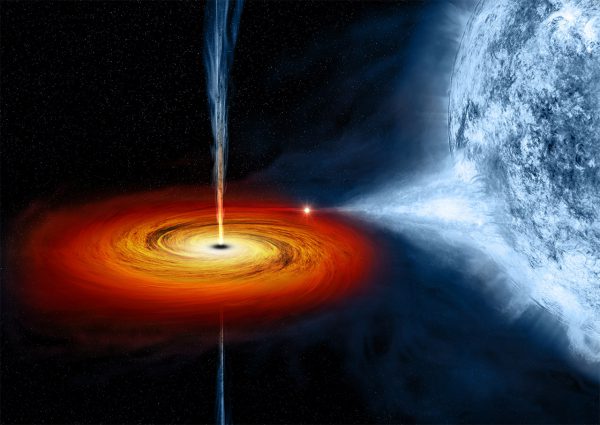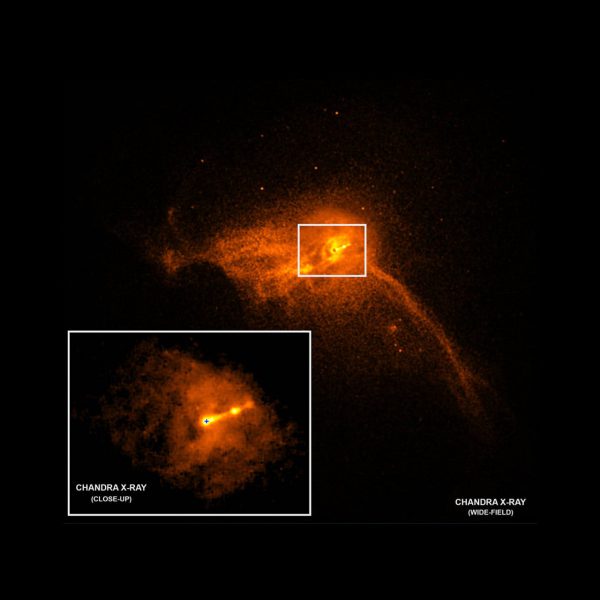A Night Tour With Terry
It was a very serious young gentleman, he looked around 9 years old in the dim light of the dome, who started it off by coming up and asking, what is on the other side of a black hole?
I had to answer, I really don’t know and I don’t think anyone really knows yet, there are too many unknown factors which aren’t helped by the fact that we can’t even see one but can only see the effect it has on everything nearby.
So a bit of digging was in order. What is a black hole and how does it function? One might ask Why is a black hole? what causes one? and then we hear that two black holes collided 1.4 billion light-years away and the resulting shock waves were able to be recorded on Earth as causing ripples in the structure of space-time which was followed a short time later by another ‘ripple’ that was also able to be recorded by the LIGO detector in the USA and the Virgo detector in Italy.

As far as we know so far a black hole arises when a star of mass ~10 times greater than our Sun runs out of fuel its gravity overcomes the outward pressure of the nuclear fusion reaction and crushes the molecules of the star to the point that they seem to disappear from our plane of existence to end up no one knows where beyond the event horizon, the ultimate point of no return from which nothing can ever escape. Steven Hawking maintains that black holes can have ‘hairs’ which arise from quantum coupled particles and antiparticles, one within the event horizon with the other outside so that one stays trapped but the other is free. These have opposite charges and usually cancel each other but in the case where one particle escapes it reduces the content of the event horizon so the black hole can ultimately decay, a process that is rejected under classical mechanics.
It now appears that matter flows into a black hole but energy also flies out, gravity, light, & matter that triggers star formation and redistributes heavy elements that contribute to star and planet formation. Einstein’s equation of Energy = Mass * the speed of light squared results in a large amount of energy potential in a small mass of matter. A NASA/Goddard Space Flight Center scientist Richard Mushotsky considers that without black holes the universe would look very different to the way it is now.

However, he also considers that the angular momentum of the event horizon would limit the amount of matter that could be ingested with the rapid rotation throwing off all but very persistent and high-speed molecules. Matter whipping around the event horizon of the black hole would tend to be thrown outwards by the centrifugal force and contribute to driving away from the surrounding gas and so limit the size of the black hole itself. This changes when they collide.
The team using the ALMA telescope has seen massive gas clouds approaching the Abell 2597 galaxy cluster supermassive black hole at a speed of one million km per hour, each cloud containing as much material as a million Suns and tens of light-years in size. The gas clouds are drawn from hot intergalactic gas in the galaxy which cools rapidly, condenses and precipitates much as hot air can precipitate as rain clouds here on Earth. This then helps star formation and feeds the supermassive black hole.
There is a wealth of further research on black holes but so far none of it has told us anything much about what is on the other side of a black hole. So –
Sorry young man, still can’t answer your question!





